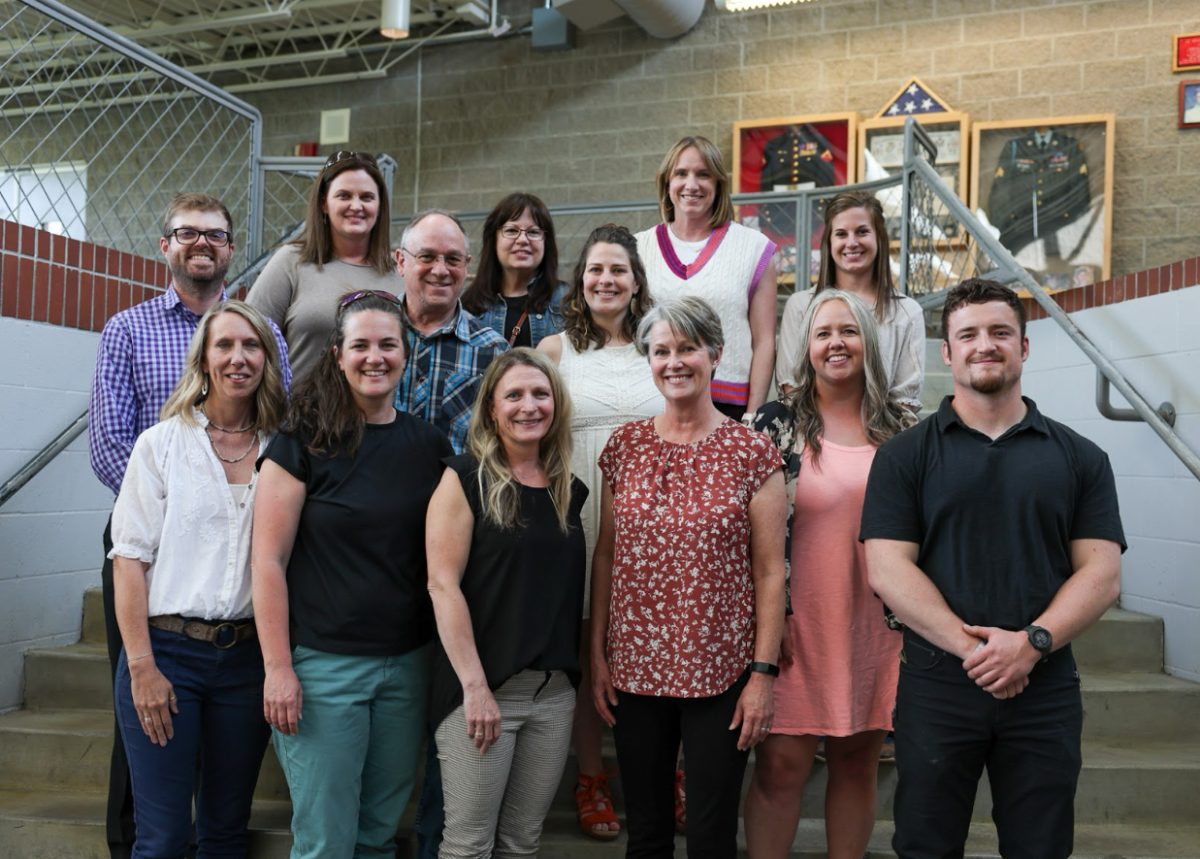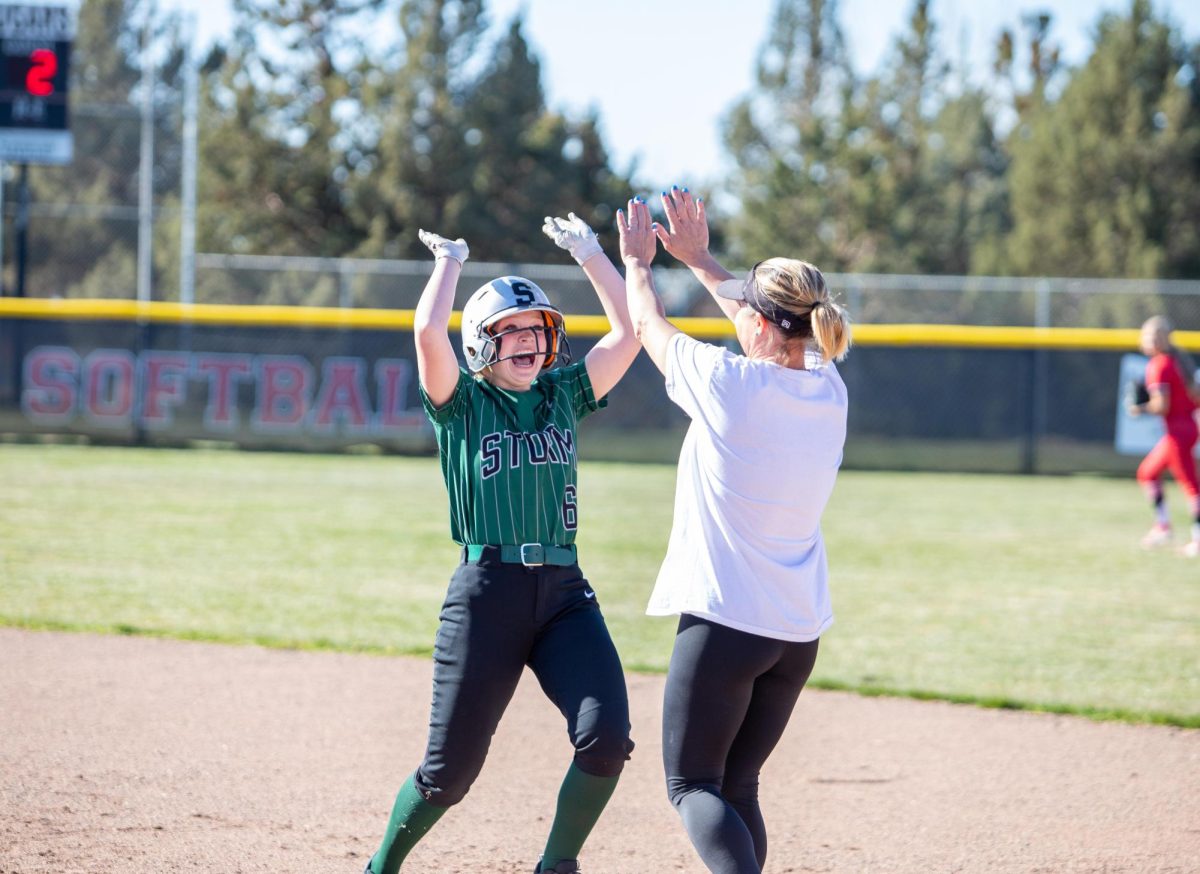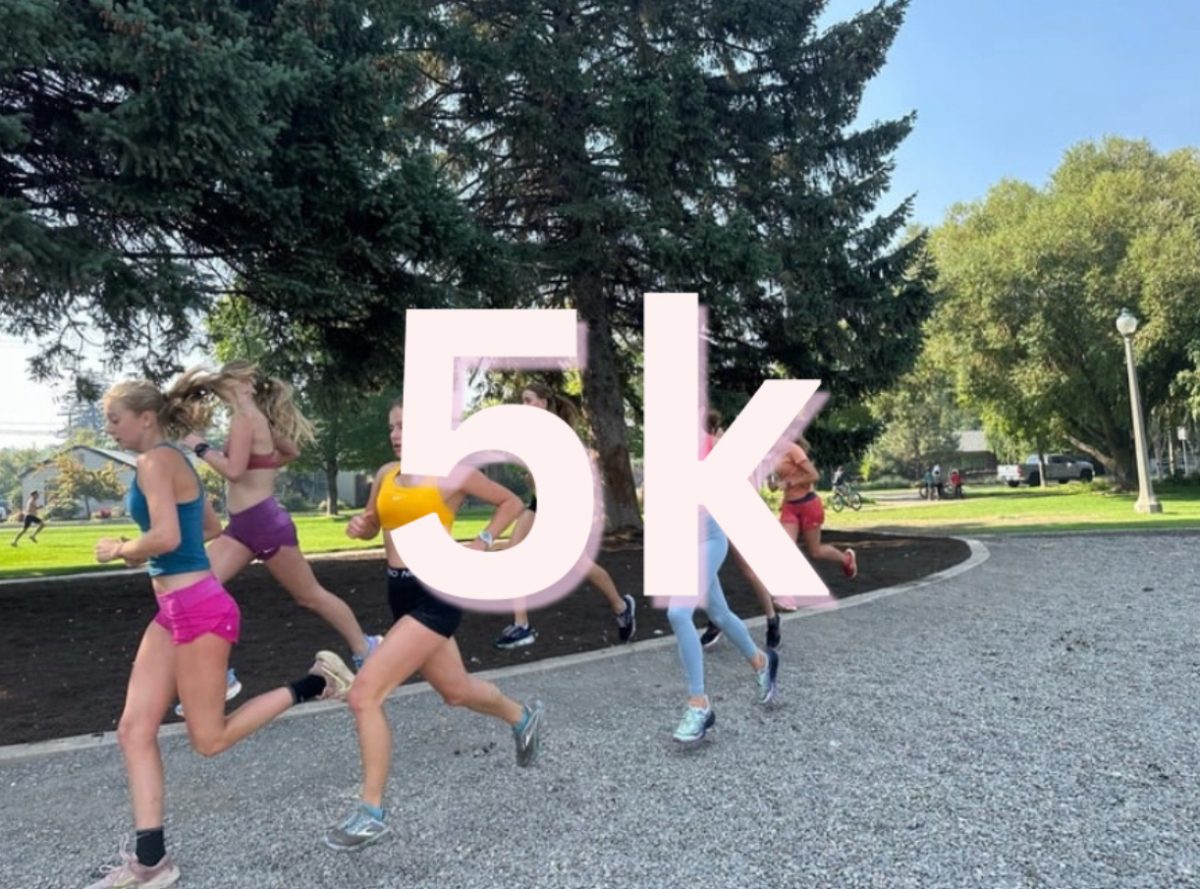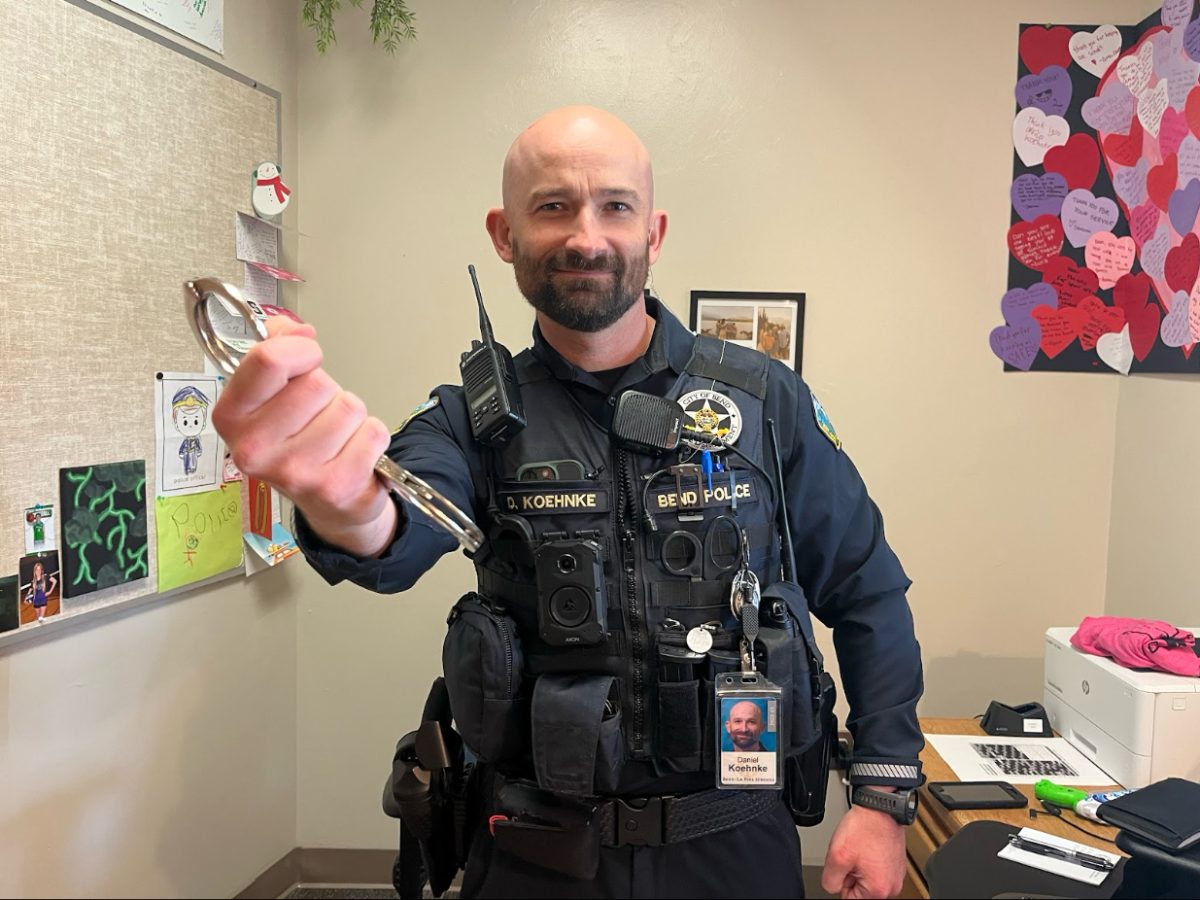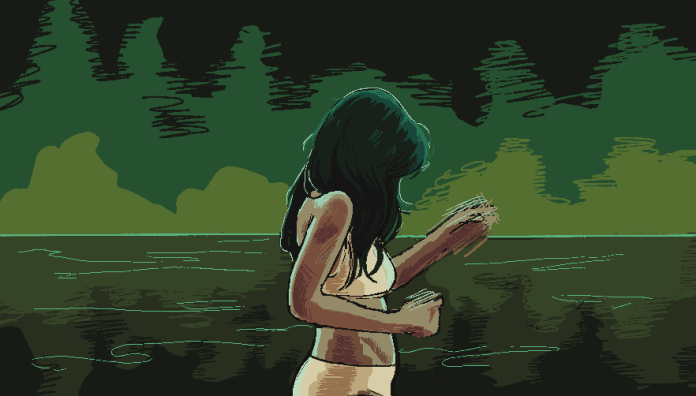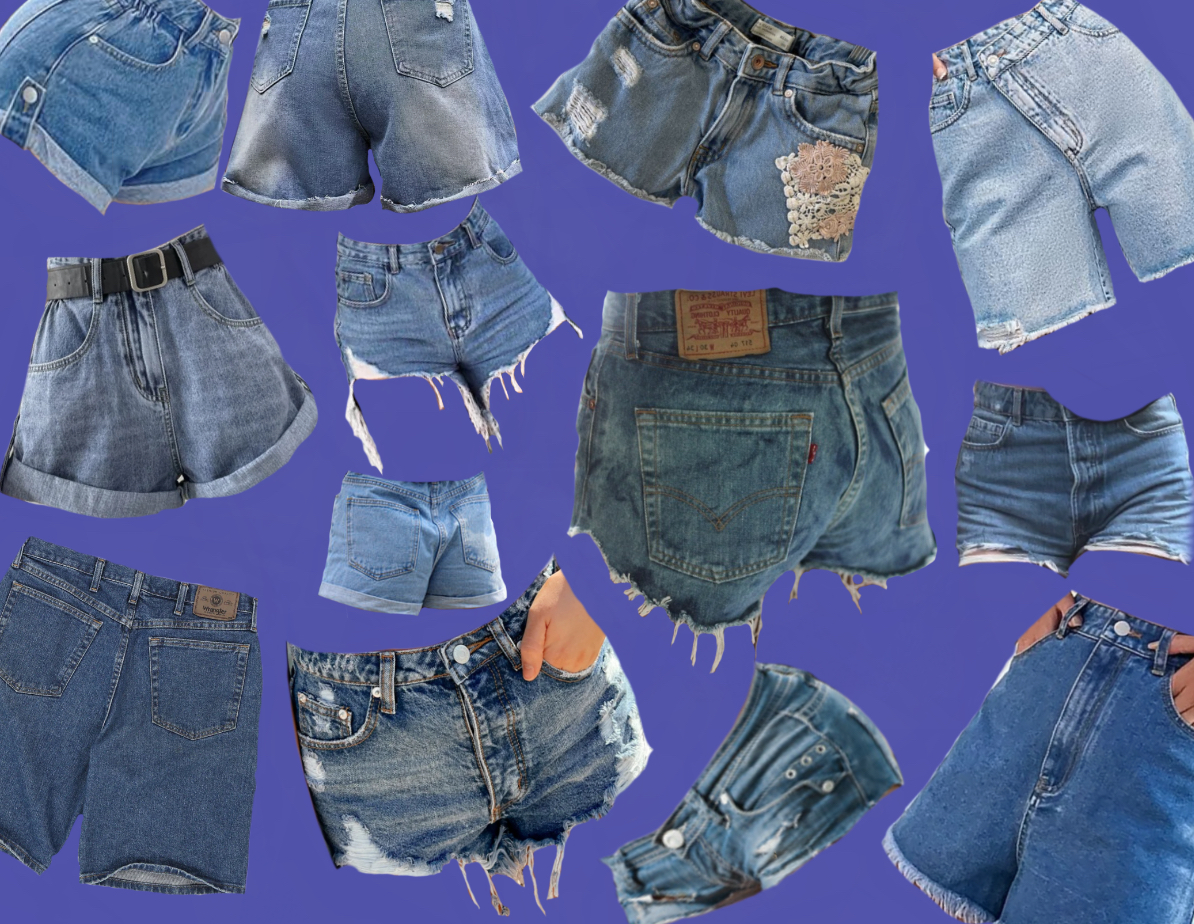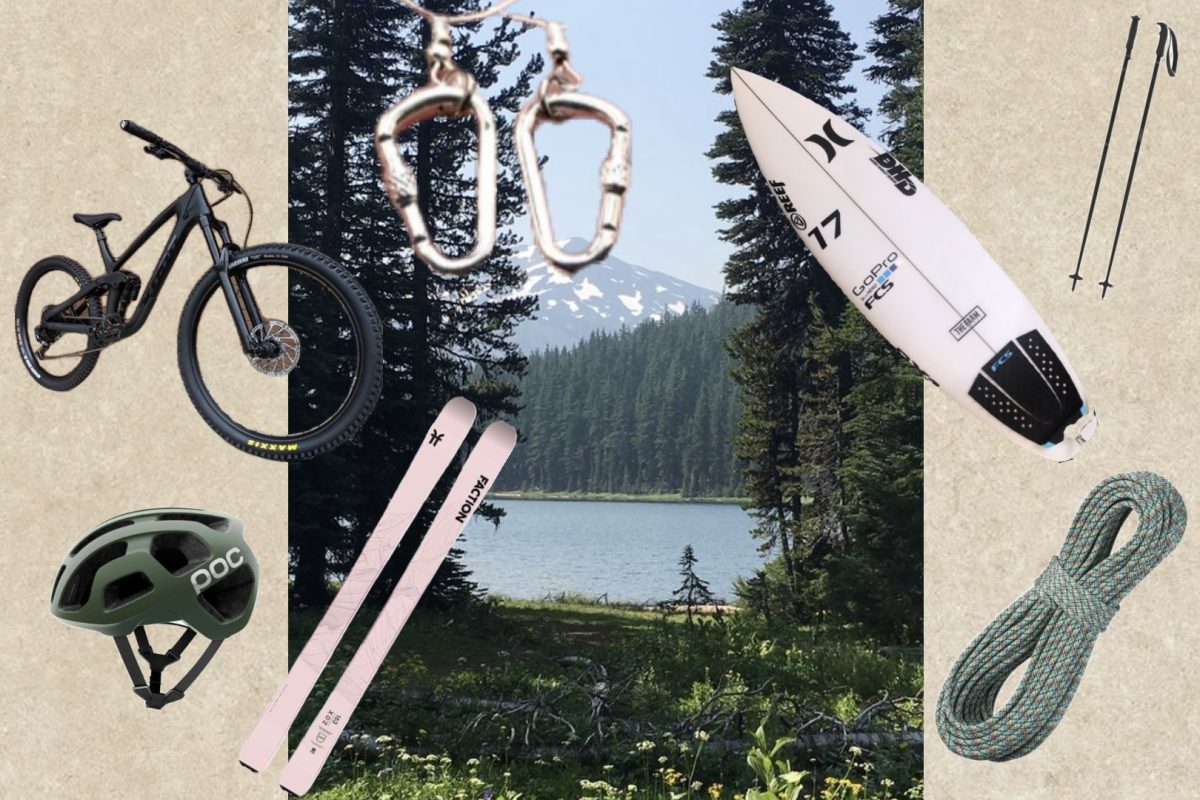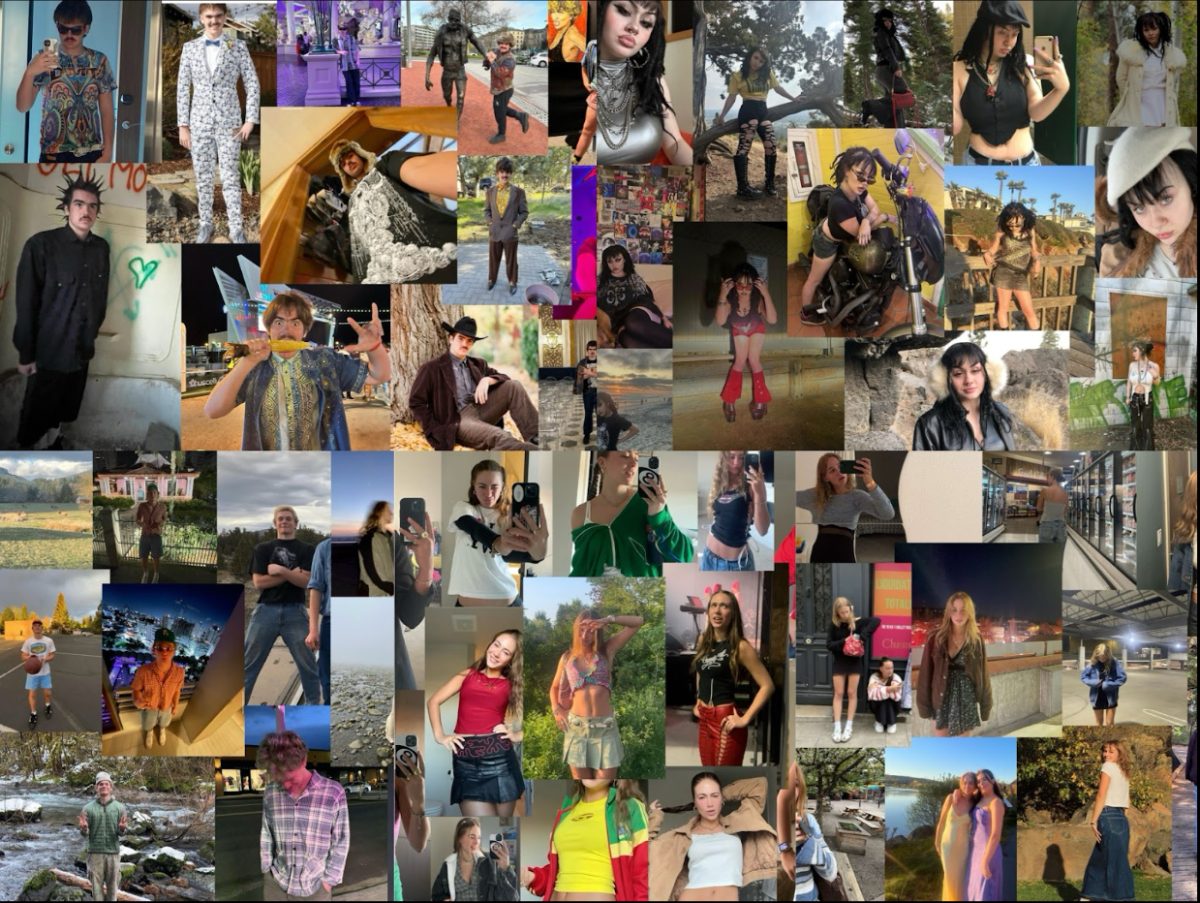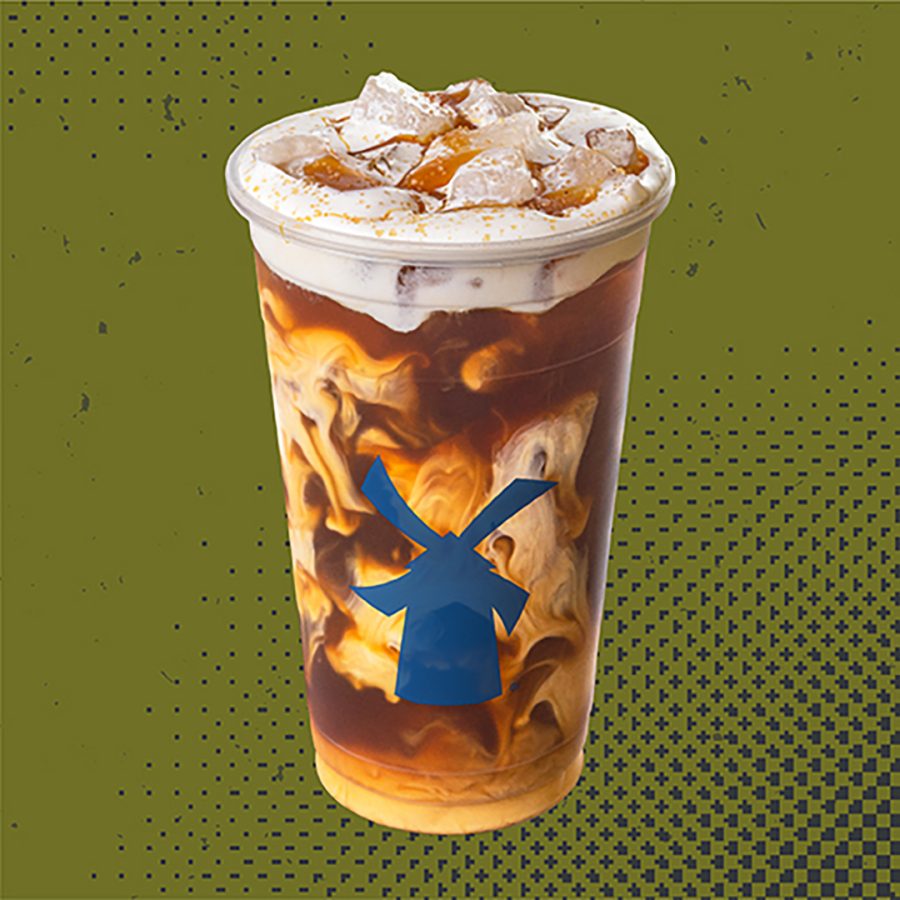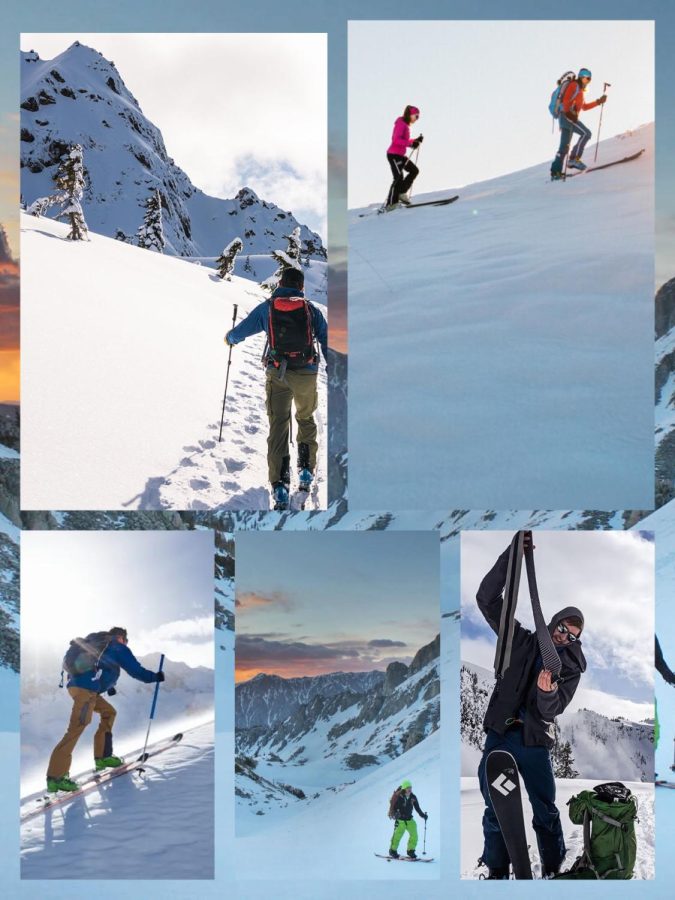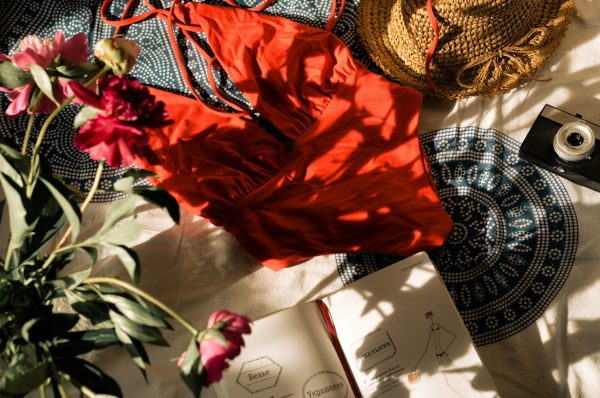Skiing? No, Skinning
A perfect sport for those who can’t stand another Cloudchaser lift line or Summit chair breakdown
Each year when Mount Bachelor opens its lodges and lifts for locals and tourists, every skier, snowboarder, nordic skier and snowshoer plans to head up to the mountain and enjoy some fresh snow. However, as each winter returns it becomes harder and harder to find untouched and uncrowded spots to carve. So what’s the alternative? There’s always the sled hill. But for days when that won’t cover it, there’s skinning.
For anyone who’s unfamiliar with the sport, skinning is basically a skier version of a hike. You stick long pieces of what could only be explained as tape with a smooth fur on the side facing down. Using the “fur” side as grip, the skins can travel up steep terrain. Skinning was first introduced in 1555 when fawn skins were used to get a grip on the bottom of individual ski’s. Now, skins come in different lengths, colors and shapes. There are different accessories for every skinner, like climbing wires, ski crampons and telemark knee pads. All of this just to get some runs past four o’clock.
With the majority of mountain teens staying on groomers, the idea of hiking up Bachelor for a few hours isn’t really the idea of casual skiing. Yet, there’s a few kids who understand the need for backcountry skiing.
“Backcountry skiing is when you rely on your own body to cross the train, and doing so you don’t go up a chair lift,” said Summit junior Anja Bond Welch. “Instead, you put skins on the bottom of your skis, which I like, so you can glide up the mountain.”
Bond Welch started skinning at age 13 and has only evolved since.
“I first started out staying after closing with my brother, seeing how many times we could ski up and down the Cone till it got too dark to see in front of us,” Bond Welch said. “I got more experience through skinning Tumalo and taking multiple AVI courses.” Eventually she graduated from the Cone-level terrain,“I started going more advanced when I was 14.”
Now she’s skinning anywhere from the top of the Cone to Tam McArthur in Washington— also experiencing some serious hiking and backcountry skiing.
Twinning with Bond Welch’s burn for backcountry is senior Peter Doorn.
To kick off the season Doorn woke up around 4:00 in the morning to go skinning for the very first time. He headed up to Bachelor with friends to squeeze in some early morning runs before school. Since it was his first time, he didn’t have much to base his experience on.
“It’s extremely cold and you’re breathing hard the entire time,” said Doorn. “Your legs can get very heavy and sometimes you can slip out of your gear, it’s hard when it’s steep but get the hang of it pretty fast.”
While Doorn and Bond Welch aren’t the only ones getting into the backcountry, skinning is not the talk of the town.
“Teens aren’t really who you typically hear talking about it,” said an anonymous Summit sophomore.
The sport has definitely lost some of its appeal as it’s not the most common of mountain sports, but it deserves more attention. Luckily, magazines like Powder and Backcountry foster its reputation with tutorials on how to work the gear, advice on where to buy equipment and tips to get started.
Not nearly enough people have tapped into what it is to skin. It’s a perfect way to escape the lines, the beginner skiers, the wind held lifts, and to reconnect with what it means to ski the backcountry.


